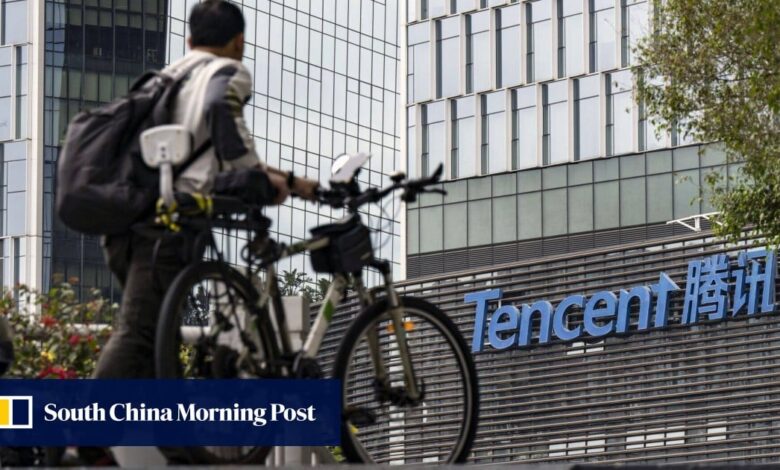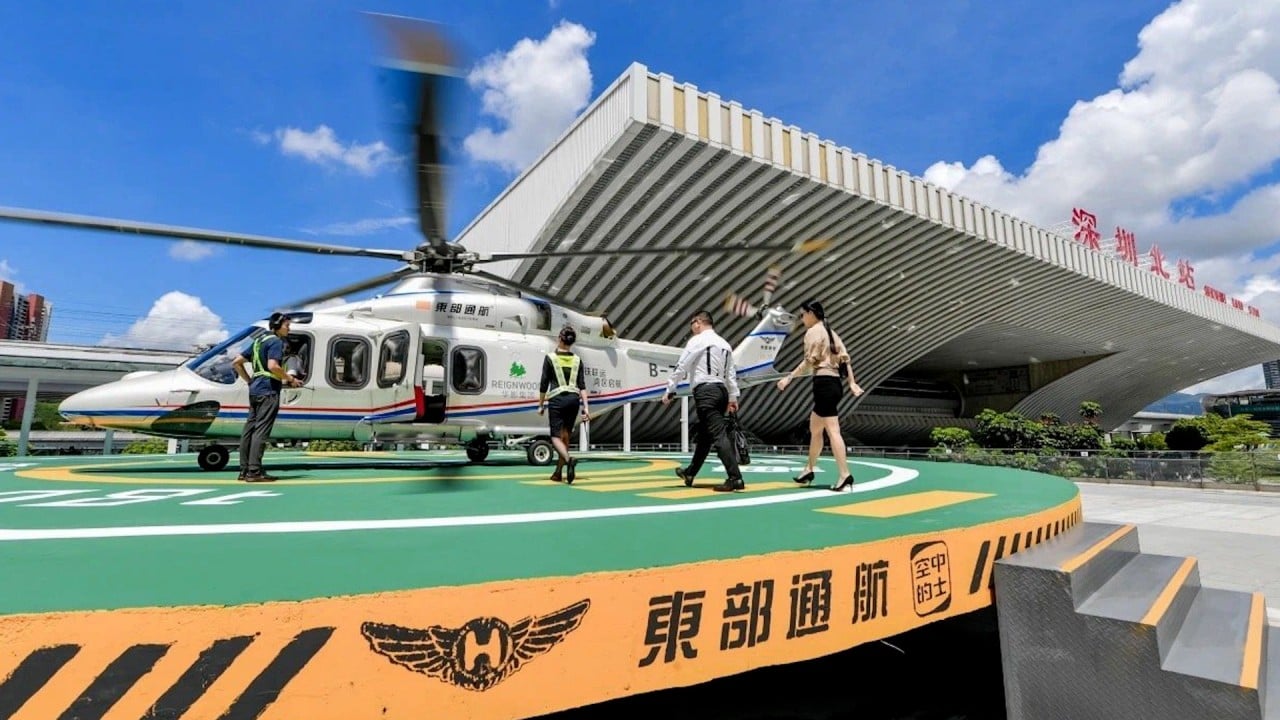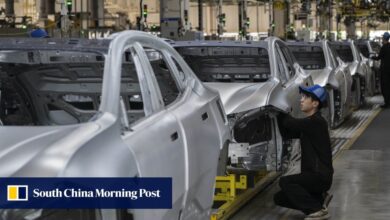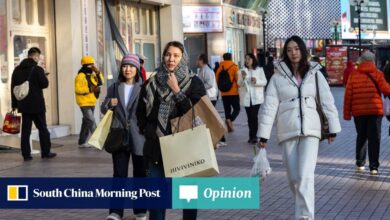China’s Silicon Valley benefits from hi-tech focus as output, investment shine

Shenzhen’s hi-tech economic activities have emerged as a bright spot amid China’s sluggish economy, with the southern Chinese city posting strong growth in advanced industrial output and investment.
The value-added output of the city’s large-scale computer, communications and other electronic equipment manufacturing rose by 16.5 per cent year on year in the first seven months of 2024, outgrowing the overall industrial output of 11.5 per cent, the Statistics Bureau of Shenzhen Municipality said on Wednesday.
The city, known as China’s Silicon Valley, saw more pronounced hi-tech related investment activities, with funding in hi-tech manufacturing growing by 61.8 per cent year on year, including a 76.5 per cent increase in the electronics and communications sector.
Total industrial investment also surged by 45.1 per cent year on year, with manufacturing sector investment increasing by 51.2 per cent.
“Shenzhen is a key beneficiary of China’s hi-tech focused policy. It is about the growth of domestic demand in tech and the greater focus on the overseas market,” said Gary Ng, a senior economist at Natixis.
“It is likely to achieve reasonably good economic growth this year, especially as it has successfully attracted tech talent from the rest of China.”
Shenzhen is part of the Greater Bay Area, a city cluster designated by the Chinese government to link the cities of Hong Kong, Macau, Guangzhou, Shenzhen, Zhuhai, Foshan, Zhongshan, Dongguan, Huizhou, Jiangmen and Zhaoqing into an integrated economic and business hub.
The city also serves as a model for other regions, with Malaysia and Singapore reportedly in negotiations to designate part of the southern Malaysian state of Johor as a cross-border special economic zone by the end of the year, inspired by the Shenzhen model, Bloomberg reported last week.
On Wednesday, UBS cut its growth forecast for China’s 2024 gross domestic product growth from 4.9 per cent to 4.6 per cent due to a weak property market and sluggish domestic demand.
Shenzhen is home to more than 24,700 hi-tech firms, including Huawei Technologies, DJI, BYD and Tencent, and is achieving faster growth as part of China’s efforts to achieve tech self-reliance and ascend the global value chain.
The city has the potential to develop a tech ecosystem that can lead the world in cutting-edge technology
Shenzhen’s advancements in artificial intelligence, automotive, 3D printing and driverless technology are integrating interconnected industries, enabling companies like BYD to build more advanced cars and compete in overseas markets, said Christopher Tang, a professor at the University of California, Los Angeles, Anderson School of Management.
“The city has the potential to develop a tech ecosystem that can lead the world in cutting-edge technology, and it is still very promising that Shenzhen will report sizeable economic growth figures this year,” said Tang.
Output of 3D printing equipment increased by 91.4 per cent year on year from January to July, while the output of service robots and electronic components grew by 57.4 per cent and 28.6 per cent, respectively.
However, China still faces pressures from the US, with a range of firms added to Washington’s “entity list,” restricting their ability to purchase goods from US suppliers.
Source link




